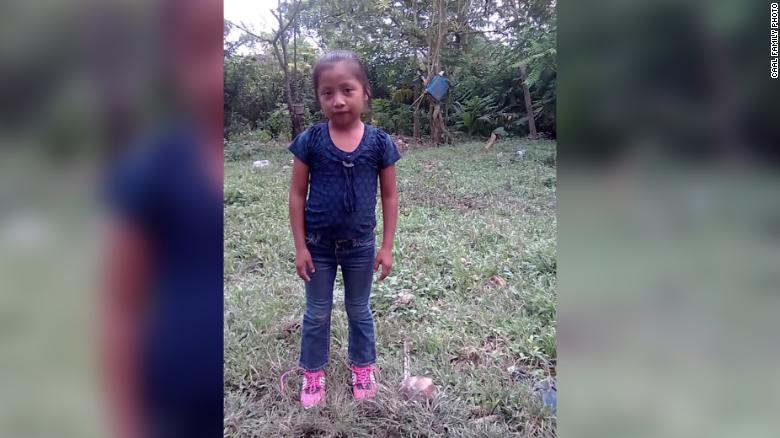Caging Kids Is An American Tradition
Trump didn’t start it, but we can end it.

A prison guard told an incarcerated child that he wanted to sexually assault his mother and then pummeled the child with his fists and radio. A jailed 15-year-old said he was raped by a female correctional officer, plied with alcohol and retaliated against when he refused to engage in sex with other guards. During a two-and-a-half year period at one detention center, children were placed in solitary confinement 55,000 times. And kids in a juvenile facility were routinely left in cold cells without blankets or warm clothing and subjected to excessive force, including an incident in which a 14-year-old boy was pepper sprayed in the face by a guard and left in 100-degree weather without medical attention as the chemicals burned his eyes, face, and skin.
These are not dystopian Trump-era scenes of the treatment of kids in immigrant detention centers operated by ICE but instead stories of abuse and conditions of confinement in juvenile jails run by Louisiana, New York City, Cook County, Illinois (Chicago), and Sacramento County, California. Outrage at the detainment of children has rightly greeted the in-custody deaths of migrant children: Guatemalan migrant Felipe Alonzo-Gomez, who was only 8 when he died on Christmas Eve, and 7-year-old Jakelin Caal Maquin, also from Guatemala, who died just days earlier. But there can be no true reckoning with their deaths at the hands of federal immigration authorities without facing the fact that our states and counties routinely cage tens of thousands of children.
When I worked as a mitigation specialist on death penalty cases, nearly all of my adult clients had been incarcerated as kids.
There are nearly 60,000 kids locked up in America’s juvenile and adult jails and prisons. Kids in juvenile facilities are routinely exposed to physical and sexual violence, which compounds the trauma of being separated from friends and family. Juvenile jails and prisons are the very opposite of rehabilitative environments: Indeed, numerous studies have shown that getting locked up as a kid substantially increases the likelihood of adult incarceration. When I worked as a mitigation specialist on death penalty cases, nearly all of my adult clients had been incarcerated as kids, a profoundly adverse, life-altering experience that was as much a part of their trauma history as having a sibling murdered, being physically or sexually abused by a family member or teacher, or suffering from lead poisoning. Caging kids has come to be seen as so irredeemably cruel and counterproductive that in 2017 two juvenile justice experts called for closing all youth prisons.
The damage inflicted on kids when they are incarcerated in juvenile jails is perhaps only eclipsed by their fate when they are sent as minors to adult prisons. There, they are five times more likely to be sexually assaulted and their suicide risk increases by 36 times. Despite the fact that many prosecutors now acknowledge that children should not be tried in adult court, some district attorneys continue this practice. In December, the Department of Justice blasted the office of Shelby County, Tennessee (Memphis), District Attorney General Amy Weirich for its “routine” transfer of juvenile cases to adult court which the DOJ said represents “an egregious due process violation.” Data compiled by the DOJ in its assessment of the Shelby County DA’s office might explain why the caging of kids in our criminal justice system has received so little attention: In 2014, for example, all but two of the 94 kids in Shelby County transferred to adult court were Black males.
One of the most unhelpful responses to Trump administration policies is to claim that they are unprecedented, a kind of alien evil visited upon an otherwise humane and fair system by a uniquely bad political actor. Incredibly, on Dec. 28, Harvard law professor Laurence Tribe dubbed Trump “a foreign adversary” and a “genuinely alien force.” Mayor Bill de Blasio of New York recently declared that it is “unacceptable for a child to die in the custody of the U.S. government. Anyone and everyone responsible must be held accountable.” But when it comes to caging kids, injustices that produced tragedies like Jakelin and Felipe were with us well before the November 2016 election. In 2013, 19-year-old Andy Henriquez died while housed in a solitary cell at Rikers Island, a jail under the control of New York City government. The mayor’s administration quietly settled a lawsuit filed by the teen’s family.
